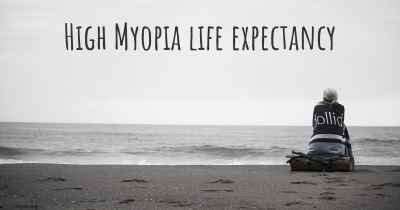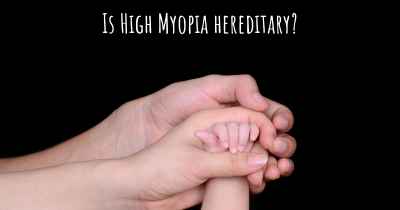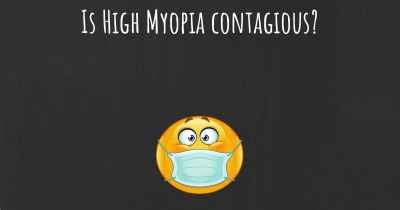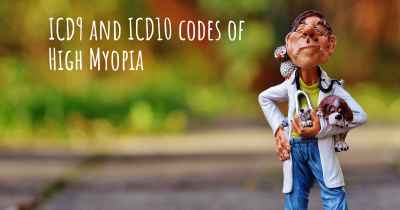What are the best treatments for High Myopia?
See the best treatments for High Myopia here

Treatments for High Myopia
High myopia, also known as severe nearsightedness, is a condition where the eye is elongated, causing light to focus in front of the retina instead of directly on it. This can result in blurry vision, difficulty seeing distant objects, and an increased risk of developing certain eye conditions. While there is no cure for high myopia, there are several treatment options available to manage the condition and improve visual acuity.
1. Eyeglasses and Contact Lenses
The most common and non-invasive treatment for high myopia is the use of eyeglasses or contact lenses. These corrective lenses help to compensate for the refractive error by adjusting the way light enters the eye. They can provide clear vision and improve visual acuity for individuals with high myopia. Eyeglasses are generally preferred for everyday use, while contact lenses offer a more natural field of view and are suitable for various activities.
2. Refractive Surgery
Refractive surgery is a surgical procedure that aims to permanently correct the refractive error in the eye. There are different types of refractive surgeries available for high myopia, including:
- Laser-Assisted In Situ Keratomileusis (LASIK): This procedure involves creating a thin flap on the cornea, using a laser to reshape the underlying tissue, and then repositioning the flap. LASIK can effectively correct high myopia by altering the cornea's curvature.
- Photorefractive Keratectomy (PRK): PRK is similar to LASIK but does not involve creating a corneal flap. Instead, the outer layer of the cornea is gently removed before using a laser to reshape the cornea. PRK is often recommended for individuals with thin corneas or other corneal abnormalities.
- Implantable Collamer Lens (ICL): This procedure involves implanting a special lens between the iris and the natural lens of the eye. ICL can be an option for individuals with high myopia who are not suitable candidates for LASIK or PRK.
Refractive surgery can significantly reduce or eliminate the need for glasses or contact lenses, providing long-term vision correction. However, it is important to consult with an experienced ophthalmologist to determine the suitability and potential risks of these procedures.
3. Orthokeratology
Orthokeratology, also known as ortho-k or corneal reshaping therapy, involves wearing specially designed gas-permeable contact lenses overnight. These lenses gently reshape the cornea while you sleep, temporarily correcting the refractive error. The effect of orthokeratology lenses can last throughout the day, allowing clear vision without the need for glasses or contact lenses. However, the cornea gradually returns to its original shape, so regular use of ortho-k lenses is necessary to maintain the desired visual correction.
4. Low-Dose Atropine Eye Drops
Low-dose atropine eye drops have shown promising results in slowing down the progression of myopia, including high myopia, especially in children and adolescents. Atropine is a medication that temporarily relaxes the focusing mechanism of the eye, reducing eye strain and potentially limiting the elongation of the eyeball. These eye drops are typically used once daily, and their effectiveness should be monitored by an eye care professional.
5. Lifestyle Modifications
While lifestyle modifications cannot reverse high myopia, they can help manage the condition and promote overall eye health. Some recommendations include:
- Regular Eye Exams: Routine eye exams are crucial for early detection and management of high myopia. They allow eye care professionals to monitor any changes in vision and prescribe appropriate treatments.
- Limiting Screen Time: Prolonged screen time can strain the eyes and worsen myopia. Taking regular breaks and practicing the 20-20-20 rule (looking at something 20 feet away for 20 seconds every 20 minutes) can help reduce eye strain.
- Proper Lighting: Ensure adequate lighting when reading or working on close-up tasks to minimize eye fatigue.
- Protective Eyewear: When engaging in sports or activities that pose a risk of eye injury, wearing protective eyewear can help prevent complications.
- Healthy Diet: Consuming a balanced diet rich in vitamins and minerals, particularly those beneficial for eye health (such as vitamin A, C, E, and omega-3 fatty acids), may support overall eye health.
It is important to consult with an eye care professional to determine the most suitable treatment options for high myopia based on individual circumstances and visual needs. They can provide personalized recommendations and monitor any changes in the condition over time.








